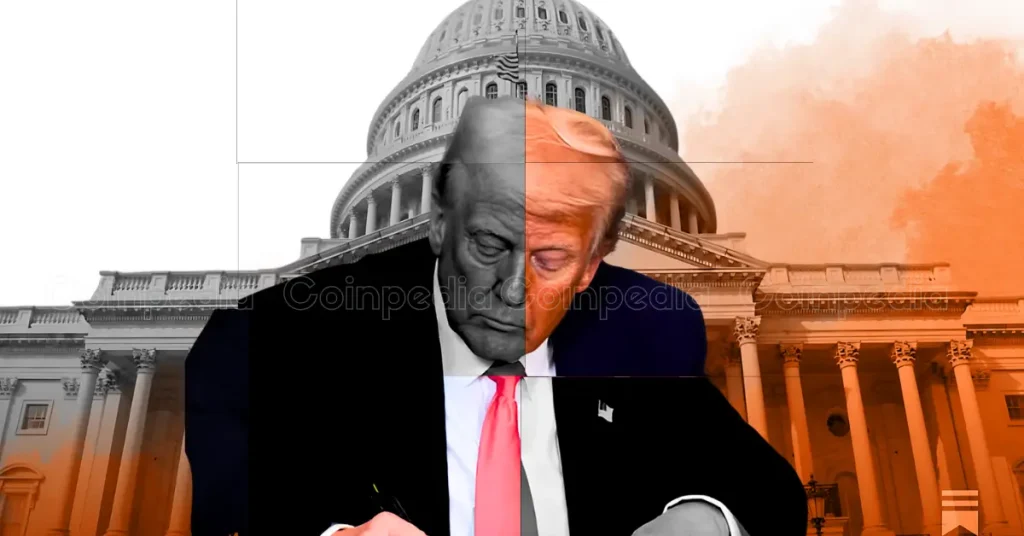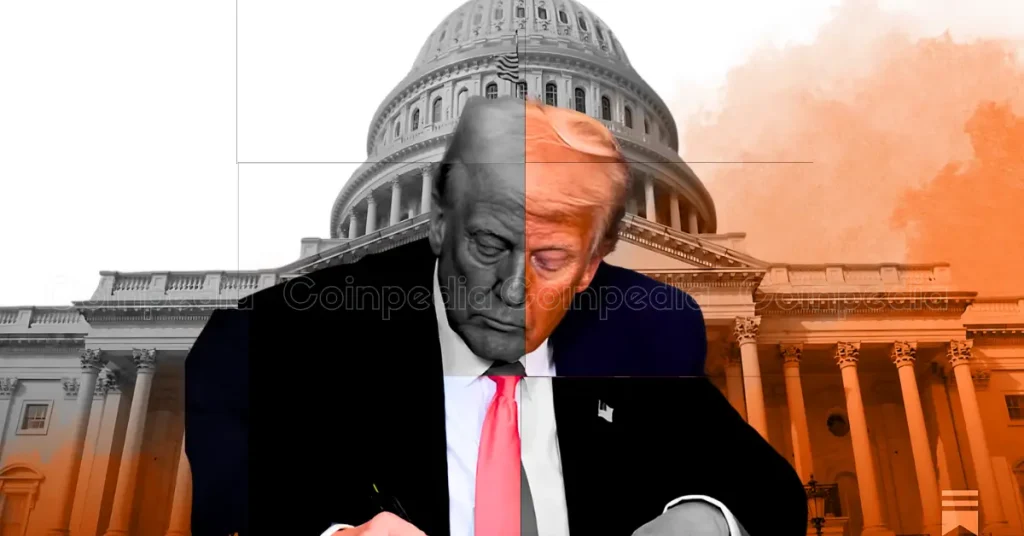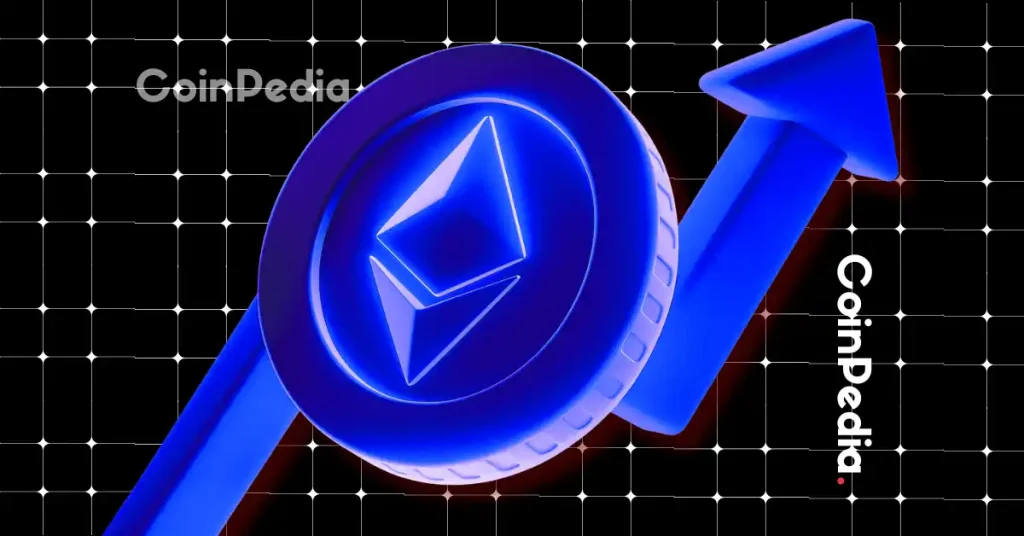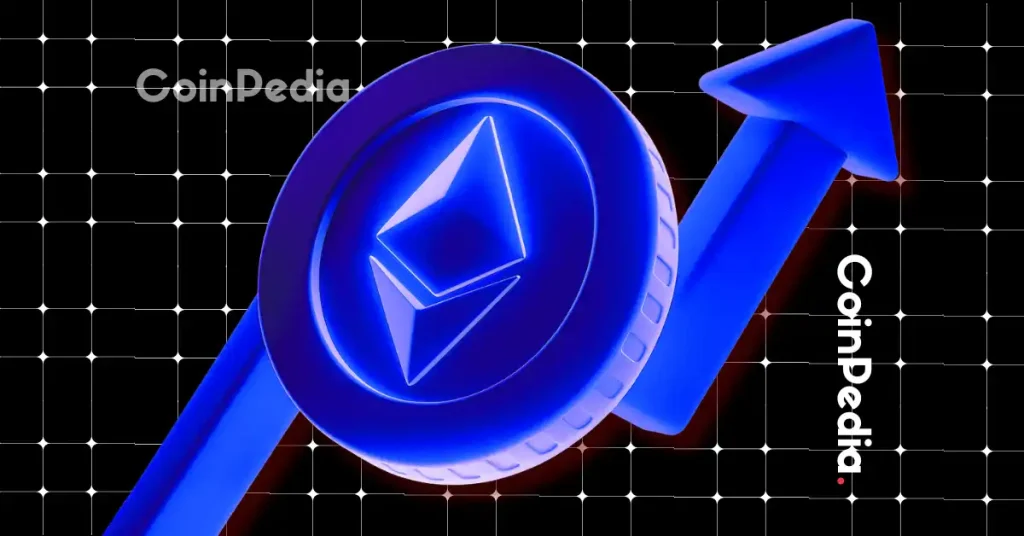
The post Tom Lee Says “Ethereum Will Be the Top Macro Trade for a Decade” appeared first on Coinpedia Fintech News
Ethereum is gaining serious attention in 2025, and not just from retail investors. Tom Lee, Managing Partner at Fundstrat and well-known Bitcoin supporter, now believes that Ethereum could become the most important macro trade of the next ten years.
As crypto adoption grows in traditional finance circles, Lee’s latest remarks reflect a shift in sentiment toward Ethereum’s long-term value.
Bitcoin Dominates Headlines, But Ethereum Steals the Spotlight
Lee made his comments shortly after Michael Saylor’s firm, Strategy, made waves by purchasing 21,021 BTC worth $2.46 billion. This brings their total holdings to a staggering 628,791 BTC, now valued at over $74 billion. While Lee echoed Saylor’s iconic line “Bitcoin is the way,” he followed it up with a stronger endorsement of Ethereum.
In a direct response to an X user, he remarked that ETH is probably the most important macro trade for the next decade.
Tom Lee’s Bitcoin Price Predictions Are Still in Play
Despite his newfound focus on Ethereum, Lee remains bullish on Bitcoin. He believes Bitcoin could eventually hit between $2 million and $3 million per coin, arguing that BTC could rival or even surpass gold in market value. For this year, he sees Bitcoin reaching as high as $250,000, especially if the Federal Reserve begins cutting interest rates, as many expect.
Ethereum’s Usefulness Will Grow
Back in June, Lee urged his X followers to hold both BTC and ETH, highlighting a belief in the continued growth of utility and real-world use cases for both. At present, Bitcoin trades near $118,276, while Ethereum hovers at $3,794.
Lee’s ETH praise comes at a time when Ethereum is gaining traction among institutions, especially with the rise of tokenization, ETH staking, and L2 scaling solutions.
Big Whale Bets Confirm the Trend
Spot On Chain recently highlighted that a major Ethereum whale, address “0x720,” closed a long trade and secured $6 million in profits. Rather than cashing out, the whale withdrew $12.68 million from HyperLiquid, sent it to Binance, and bought 2,000 ETH at $3,839. The move shows that smart money continues to pour into Ethereum, even during short-term price swings.
Adding to the optimism, many public companies are also stacking ETH. SharpLink Gaming currently leads with 360,807 ETH, followed by Bitmine Immersion with 300,657 ETH, and Coinbase with 137,300 ETH. Ethereum is gaining ground as a key asset for long-term institutional portfolios.
Never Miss a Beat in the Crypto World!
Stay ahead with breaking news, expert analysis, and real-time updates on the latest trends in Bitcoin, altcoins, DeFi, NFTs, and more.
The post Tom Lee Says “Ethereum Will Be the Top Macro Trade for a Decade” appeared first on Coinpedia Fintech News
Ethereum is gaining serious attention in 2025, and not just from retail investors. Tom Lee, Managing Partner at Fundstrat and well-known Bitcoin supporter, now believes that Ethereum could become the most important macro trade of the next ten years. As crypto adoption grows in traditional finance circles, Lee’s latest remarks reflect a shift in sentiment …

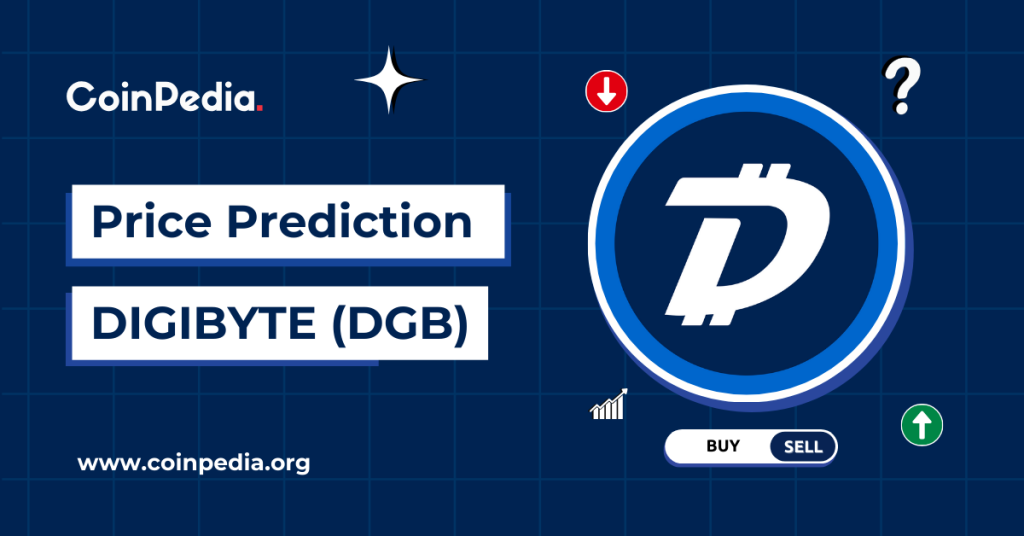
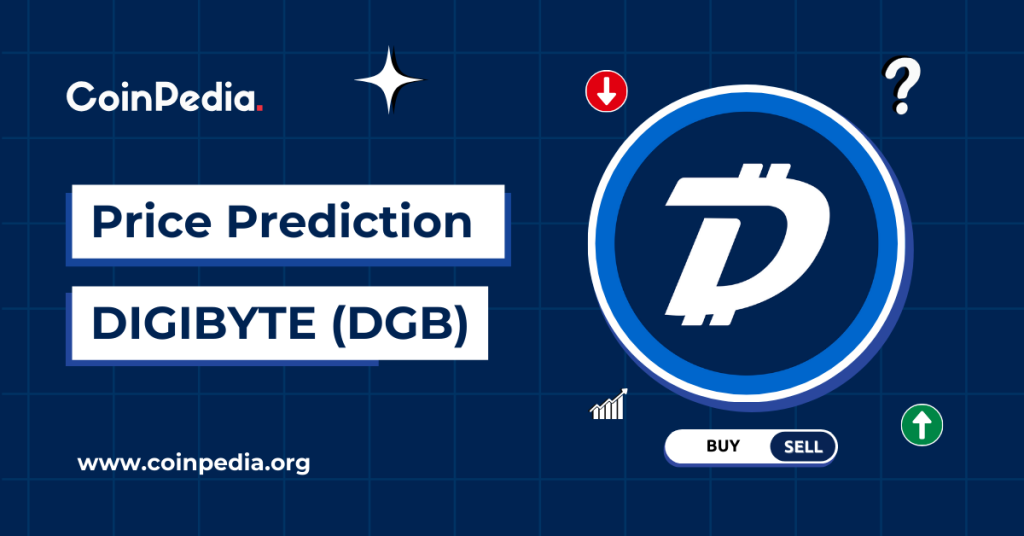
 1.81%
1.81% 